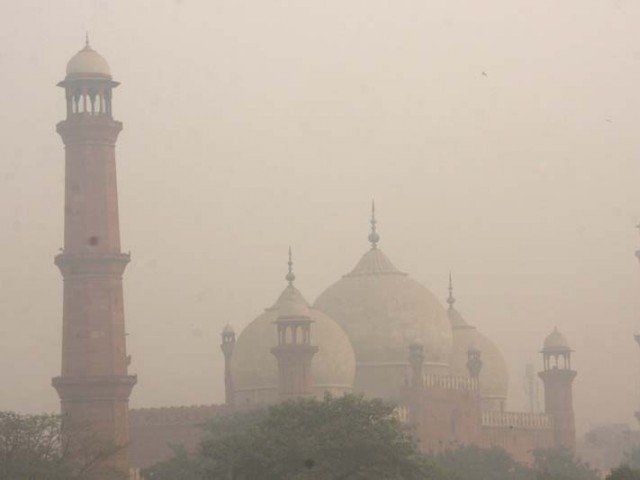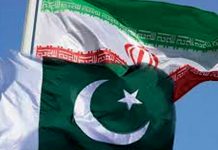By M WAHAJ AKHTER
Lahore is the city of wonders with a rich history of over a millennium. Lahore is the 2nd largest city of Pakistan and is capital of province Punjab.
The city is referred as the cultural heart of Pakistan, as it hosts most of the arts, festivals, cuisine, gardening, music, film making, and intelligentsia of the country.
During the past month, Lahore has constantly topped the daily ranking of most polluted city in the world. Pollution and winter weather conditions combine to cover the city in smog causing major road closures, and wreaking havoc on the health of its people. The problem of air pollution has been increasing in Lahore and several other cities in Punjab.
The current situation is most alarming in the city as its air quality particulate count constantly rising well above 40 times the World Health Organization’s air quality guideline values, and the reasons behind this are vehicular emissions, industrial pollution, fossil fuel-fired power plants, the burning of waste materials, and coal being burned by thousands of brick furnaces sprayed across the province. Heavy exposure to hazardous air (smog) causes various health complications, including asthma, lung damage, heart problems, bronchial infections, strokes, and shortened life expectancy.In 2019,
The Global Alliance on Health and Pollution estimated that annually 128,000 Pakistanis die due to air pollution-related diseases/ illness or infection.
Over the past 15 years, Lahore has lost a significant proportion of its tree cover due to an aggressive plan to build highways, underpasses, and overpasses. Car sales in the city are rising, and many of the cars emits-toxic emissions on the roads due to a lack of vehicular inspections and widespread contamination of fuel. Even the unadulterated (pure) form of fuel is available in Lahore but of low quality. The UN and the World Bank have identified that the transport sector is one of the biggest contributors to pollution in Punjab, followed by the industrial and agriculture sectors.
This is in sharp contrast to the government’s ‘five-pronged’ plan to reduce smog in the air. The plan includes massive plantation campaigns, stopping stubble burning, reducing industrial emissions, reducing vehicular smoke, and limiting thermal power plants. Lahore, along with the rest of Pakistan, desperately needs to shift away from its reliance on fossil fuels. Doing this would also help clean up the transport and energy production sectors simultaneously. Another way to fight smog and breathe fresh air could be the plan for urban forests in major cities where vehicular and industrial pollution have destroyed fresh air. And this model should be implemented in other cities.
While we South Asian people should care about the ozone layer is being damaged by the pollution that we create although it concerns us directly, we should at least be aware and careful of the immediate challenge smog poses to our health.
This smog issue in Lahore needs immediate attention which requires sensible steps taken by concerned authorities.





